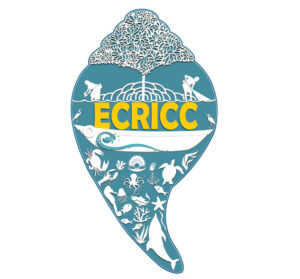Chilika(Ganjam District)
Chilika, the brackish marine lagoon in Odisha, is the largest in India and the second largest in the world. It is spread over three coastal districts of the state – Puri, Khurda and Ganjam.. It is connected to the Bay of Bengal on the south, and the Eastern Ghats Mountain ranges forms most of its catchment on the north and the west. It is a Ramsar Site of international conservation importance and a biodiversity hotspot.
Freshwater run-off from the drainage basin, combined with saline water inflows from the ocean, results in a wide range of fresh, brackish and saline water environments within the lagoon, and this spatially and temporally diverse water environment supports an exceptionally productive ecosystem. Some rare, vulnerable, and endangered species listed on the International Union for the Conservation of Nature’s (IUCN) red list of threatened animals inhabit the lagoon. It is the largest wintering ground for migratory waterfowl from other continents. It is home to Irrawaddy dolphins as well, and 225 or more number of fish species. Along with a variety of phytoplankton, algae, and aquatic plants, the region supports over 350 species of nonaquatic plants.
The size of Chilika fluctuates substantially within the course of a year. It expanded to 1165 km2 during monsoons, and shrinked during the dry season to 906 km2 (as per a satellite image). Land reclamation for agriculture, aquaculture and human settlements, along with sediment inflows from the catchment, are attributed for the reduction of the average lagoon area to further 760 km2. Additionally, Chilika faced a series of problems by the 1990s. The lagoon decreased its salinity, caused by a narrowing/chocking of the lagoon’s mouth due to the accumulation of sediment entering the lagoon from its drainage basin. As the tidal flux was disturbed, the lagoon’s salinity decreased, thereby altering the natural ecosystem.
A few mangrove associates (such as Aegicerascorniculatum, Excoecariaagallocha, Salvadora persica, Pongamia pinnata, and C. ceylanica) , medicinal and aromatic plants, wild relatives of cultivated species, wild plants of horticultural importance and other interesting plant groups, five species of seagrass (such as Haloduleuninervis, Halodulepinifolia, Halophila ovalis, Halophila ovata, H. beccarii) are found in this region.



